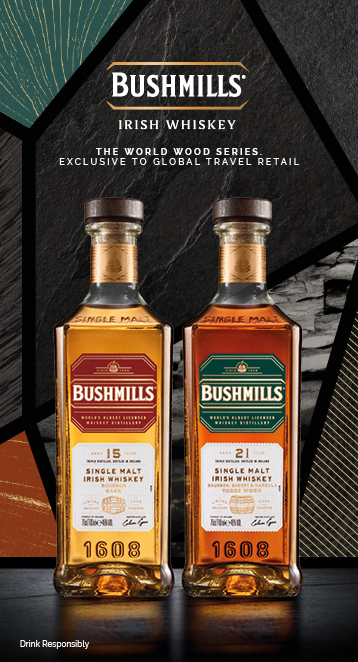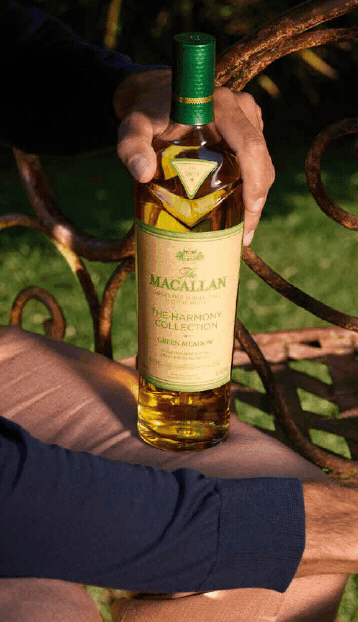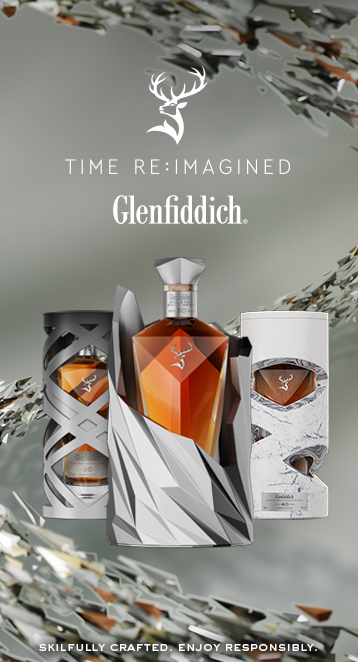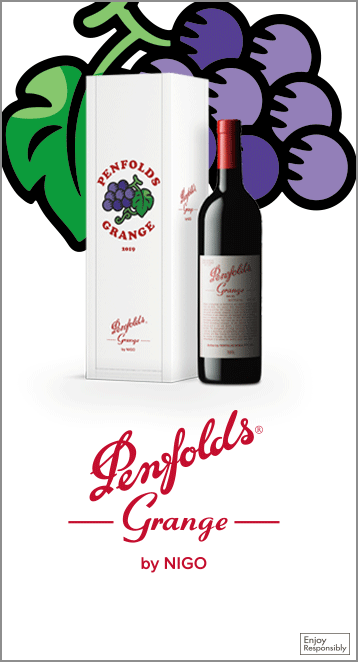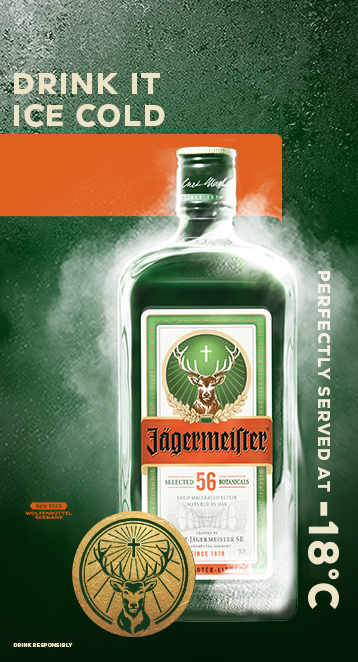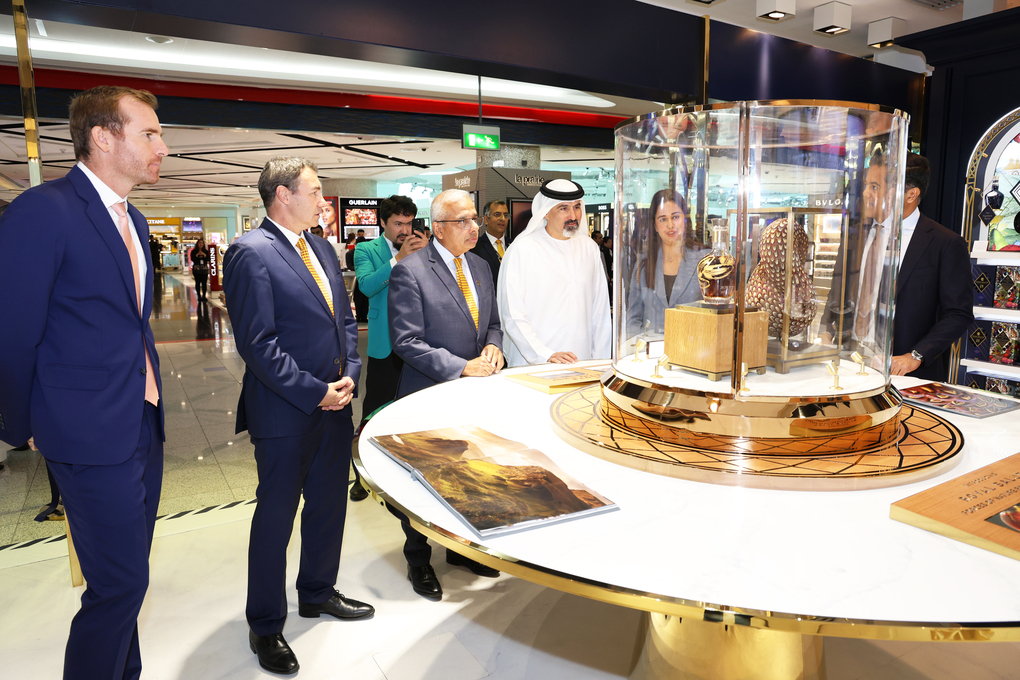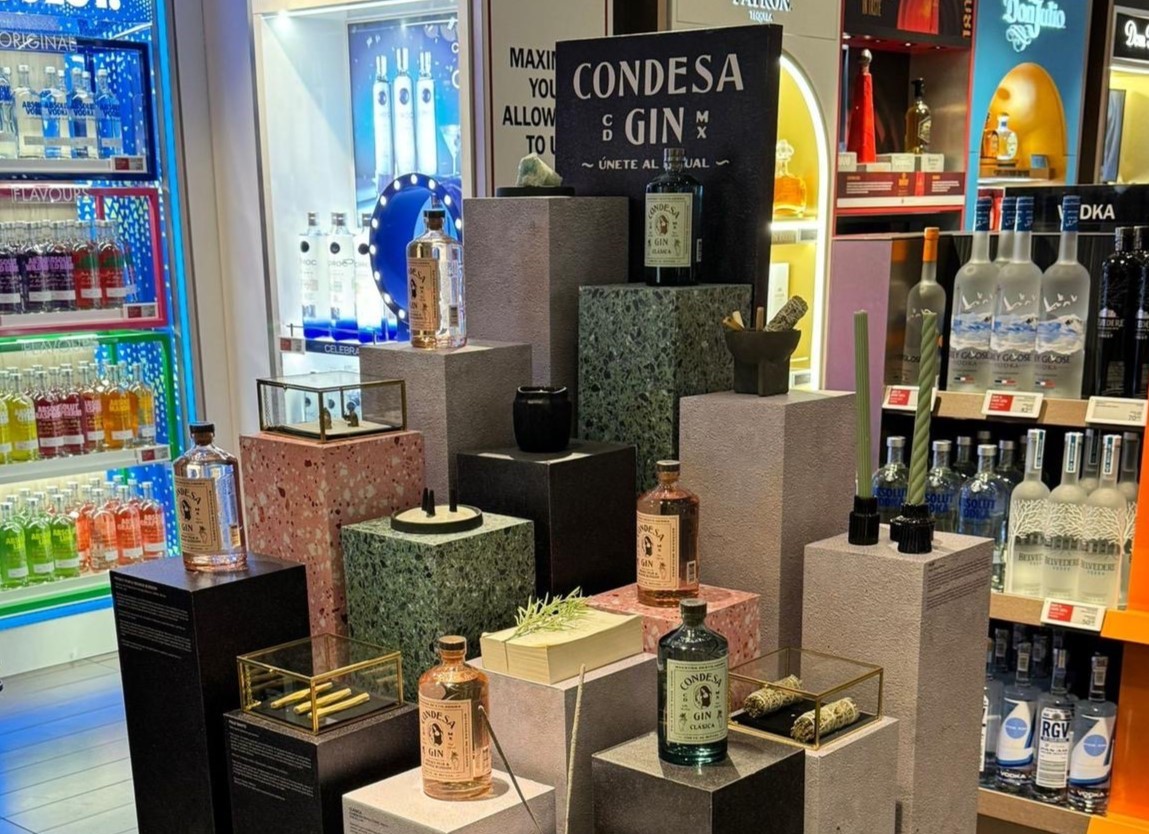
For ten years Stephen Cronk and his wife Jeany (full name Marie-Jeannette), had indulged in a “crazy idea”. In essence it ran like this. Abandon the security but constraints and frustrations of corporate life in England; jettison safe suburban life in Teddington, just outside London; move to the south of France and become a winemaker.
It sounds like the script for a picture postcard TV series but the thought of making the notion a reality kept gnawing away. “I think it helped that I had married a German rather than a British woman. She was always complaining about the English weather anyway, so it made life a little bit easier,” says Cronk.
“The idea was that I would pay off the mortgage and go buy a vineyard. However, because I had been in the wine trade earlier in my career, I had spoken to enough people who said that I was completely mad, undercapitalised and underqualified to do such a thing.”
Those people – and perhaps the Cronks themselves – knew that dreams did not pay mortgages. After an earlier enjoyable but unlucrative six-year entrepreneurial stint in the UK wine trade, Cronk had joined the telecoms sector in 1994 working with Energis – where he met Jeany – before moving onto other roles in the sector culminating in a two-year stint with IBM as Client Director for Cable & Wireless.
So far, so good. Or at least so very safe. But the gnaw had become an itch that would not go away. Soon after they had married, Stephen had visited friends in Perpignan in southern France. While hiking they had spotted a vineyard and farm worth roughly the same amount as their UK town house in Teddington. That comparison ignited the dream which persisted over the next decade.
In 2008, Stephen turned down a promotion and a few months later applied for redundancy. It was now or never. In early 2009 the couple sold their house and in September that year relocated to the beautiful village of Cotignac in France. That meant taking their three young children (all under eight and with little French) out of school and into a new education system.
Unable, however, to fund the purchase of a vineyard or winery, due to the sky-high prices, the couple focused their efforts instead on building a rosé brand, soon dubbed Mirabeau en Provence, from scratch.

Cronk opted to become a négociant to source his grapes. Now he needed a winemaker. He found help in the redoubtable form of Angela Muir (Master of Wine) whom he knew from his wine trade days and who consulted for various wineries around the world.
She duly flew to Provence in November 2010 to begin the search for the right vineyards and winemaking skills that would help Mirabeau gain credibility as a new brand. Three months and 30 vineyards later, they struck rosé gold in a winery and vineyards near Aix. The first vintage was produced and – aided by attractive labelling, vibrant promotional collateral and Muir’s considerable reputation – UK supermarket group Waitrose agreed a one-year listing for Mirabeau across 60 stores, albeit on the bottom shelf. The business was up and running.

Roll forward a decade or so and Mirabeau is a stunning success story, the best-selling Provence rosé brand in the UK and available in over 50 countries. In Australia and The Netherlands it also ranks among the top three in its category.
That success enabled the family in 2019 to buy Domaine Mirabeau, a 20-hectare estate which includes 14 hectares of AOP Côtes de Provence vines, planted mainly in grenache and cinsault with a few parcels of vermentino for some white winemaking. “It is my piece of heaven and my escape,” says Cronk. “It’s a lovely wine estate just inland from Saint-Tropez. There’s 20 hectares of land and it’s a beautiful place.

“When we bought it we flipped it to organic because it had been conventionally farmed for 20 years. That wasn’t going far enough as far as we were concerned. A friend of mine had sent me an article written in The New York Times about regenerative farming, which is where you bring biodiversity back into the vineyard below the soil as well as above it. You have to really focus on soil health because soil does regenerate itself and also it sequesters carbon.”

 The Mirabeau story is all the more impressive given the high failure rates of small businesses, intense regional competition, the Cronks’ outsider status and their limited wine experience. A triumph of entrepreneurialism, I suggest.
The Mirabeau story is all the more impressive given the high failure rates of small businesses, intense regional competition, the Cronks’ outsider status and their limited wine experience. A triumph of entrepreneurialism, I suggest.
“I think entrepreneurship is over-romanticised,” Cronk replies with a wry smile. “But if you had told me back then that this would be where we’re at, I’d be very happy to have taken it. However, it’s a tough business and we can never sit on our laurels.
“It’s massively competitive and we’re also up against the big guys. In the last two years, LVMH have bought two properties (including Whispering Angel) and Pernod Ricard recently bought a majority holding in Château Sainte Marguerite, a Cru Classé Côtes-de-Provence, so it’s highly competitive but we have our niche, which is that we are a family brand.”
And now also a family gin brand, again called Mirabeau. Rosé of course. Pink in hue, but not a traditional pink gin (i.e. gin laced with Angostura Bitters). “We had been dying to make a gin and two years ago we launched one,” Cronk recalls. “That’s going down very well, as it’s a serious dry rosé gin not a sweet pink gin. We’re rolling it our across our distribution network, which now includes 55 countries and we launched in Japan yesterday.
“We focus on making great liquid and the word spreads. We were very lucky to hit the rosé ground when we did just as the market boomed and the gin too has been really successful. We’ve just taken on an ex-Diageo Chief Commercial Officer, Richard Larkin, a few months ago and he reckons we were one of the fastest super-premium gins to get to 10,000 cases. So that’s been really great.

“We have quite a range. In fact, we now call ourselves Maison Mirabeau rather than Mirabeau en Provence because we’ve diversified and NPD is actually a big part of what we do. We know there are customers out there who love rosé and who want to extend the Mirabeau brand into other products. But we also want to attract younger consumers, so we have different price points across our range. We have vegan rosés, and organic rosés now, as well as a sparkling rosé. We were even the first Provence rosé in a can.”
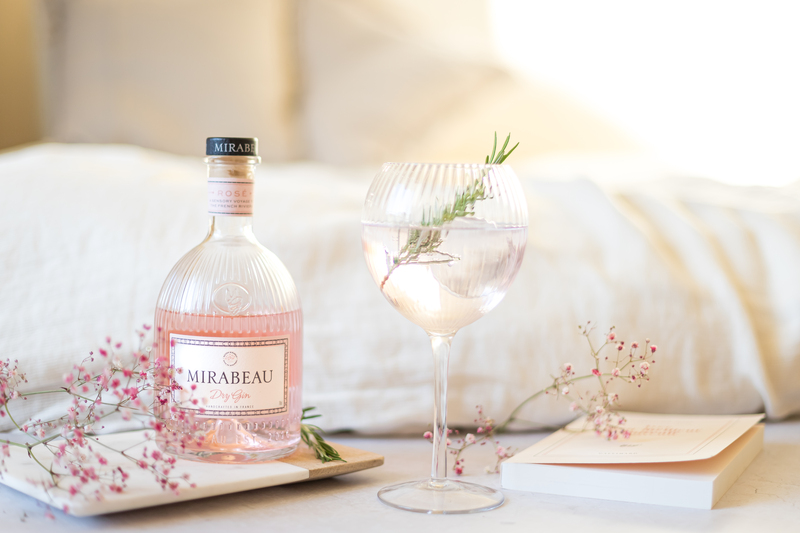
Cronk, a delightfully engaging, humourous and self-deprecating character, admits the gin was not the result of any initial strategic genius. “It wasn’t entirely by design. In fact it was by accident because a friend of mine who’s been down here for about 15 years and lives near Grasse – the home of perfume globally – had been nagging us for years to make a gin. He said, ‘This is the most logical place in the world to make a gin.’
“And I would say, ‘Yeah, it’s a great idea. I love gin, but what’s the link with wine? It seemed like a kind of random bandwagon jumping exercise. But then we made a wine for our clients in the UK, where we took some alcohol out, so we turned it from a 13 percent rosé into one of 11 percent. And we ended up with 2,500 litres of rosé wine with lower alcohol and 500 litres of pure alcohol by-product that smelled like rosé wine.
“So I phoned up my friend Alex [Ignatieff] and said, “Okay mate, I’ve made the link now. We can do it.” Ignatieff subsequently joined the company as its resident gin expert. Mirabeau Dry Gin features botanicals that are typical of the French Riviera – juniper, coriander, lemon peel, iris root, angelica root, rosemary and thyme – overlaid on neutral grape spirit. Distilling vapours delicately extract flavours from five more botanicals in a suspended basket: rose petals, jasmine, lemon zest, bay leaves and lavender. By upcycling the grape skins, a really smooth style of gin is created, Cronk explains.

 “There’s a story I like to tell about the F&B director of the Shangri-La who came to visit us on one of our wholesalers’ tables at a show in London. And my sales guy said, ‘Hey, come and try our gin.’ The F&B director turned his nose up and said, ‘I don’t drink pink gin.’ My guy replied, ‘It’s not pink gin. It’s a rosé gin, and it’s dry. Try it.’
“There’s a story I like to tell about the F&B director of the Shangri-La who came to visit us on one of our wholesalers’ tables at a show in London. And my sales guy said, ‘Hey, come and try our gin.’ The F&B director turned his nose up and said, ‘I don’t drink pink gin.’ My guy replied, ‘It’s not pink gin. It’s a rosé gin, and it’s dry. Try it.’
“And he tried it and said, ‘Oh my word, I have to have this’ because it opens up a whole world of different cocktails and has the finesse and juniper elements of a proper gin. So it’s a London Dry-style infused rosé wine gin and people just love it.”
Mirabeau has even launched a vermouth. “So long as it’s rosé and it’s got alcohol in it, I’ll do it – but only if it tastes good,” says Cronk. “That is one of the things we’re very, very focused on – the liquid has always got to be the best it can be, especially when you’re trying to build a great brand.”
Cronk gives short shrift to anyone who contends that a rosé cannot be a great wine. “When I started off, we would only get silver medals in wine competitions because they didn’t ever give gold medals to rosés. I actually had a few arguments with some of the competition companies because they were saying we’ve never given a gold to a rosé – it’s not a serious wine.
“The world’s changed a lot in the last ten years. And for us to get 94 points for a rosé wine in Wine & Spirits magazine – well that’s an exceptional score even for a red wine. It shows you how far the category has come and the role we play within that category.” [As we went to press, Decanter magazine had just awarded the 2021 Mirabeau Etoile a score of 96 points -Ed].

Mirabeau rosé was built in the off-trade rather than in line with traditional wisdom in the on-trade. “We started off in retail. Most people say build a brand in the on-trade but we thought, well, why, especially now with digital?” Cronk explains. “You can build in retail at the same time while building your brand presence in digital.
“But we are also focusing on trying to get a strong on-trade business, which is really good for getting the brand going. A few months ago, we got listed with our Mirabeau Belle Année in [UK supermarket chain] Tesco. That’s our Provence-style of rosé from the southwest of France because Provence rosé is getting expensive, and not everyone can afford £16-18 bottle for a decent bottle.
“So we decided to create one that we sell to Tesco but we also got it listed by the glass at all Four Seasons in North America for two years. And that was great because it was a blind tasting against all the big Provence brands. And when they uncovered it, they were like, ‘Oh my gosh, it isn’t from Provence. It is Mirabeau Belle Année.’
Travel retail beckons
“That was a lot of fun because getting in great places is what we like to do. And that’s how we view travel retail as well.” Cronk says that Mirabeau is building a lifestyle brand that is ideally suited to that channel. While the UK supermarket sector in the UK, which represents 60% of sales and gave the company its first break, remains pivotal to sales and profitability, the net has now been spread far and wide and travel retail is a key target.


Cue Mathieu Vanhalst, Sales Director Europe, a man with extensive knowledge of the travel retail channel through senior management stints with TFWA, ALD International and Vinexpo. “The gin category is very big and the growth in the super premium category is very strong,” he says. “We think the momentum is right for us to really enter this category, and the fact that we are the only pink but London Dry gin brings new consumers into the category.
“So this is where we think we have an interesting leverage in travel retail to bring new consumers and to transform passengers into consumers and bring customers into the stores. The bottle is beautiful and the juice inside is unique. The numbers in the category are really strong on all sides [gin and rosé] so the timing is definitely right for us to start to interact with travel retail.

“Our gin is a beautiful gift. We keep on hearing during the events you organise Martin and also during the other tax-free exhibitions and conferences that we need new products, craft spirits, and innovation to bring some freshness onto the shelves amongst the big names. This is why we believe we could be the best gifted gin.”
Mirabeau will introduce a one-litre bottle for the gin by next year for duty free as part of a concerted push into the sector. “This is a unique product which is not yet in travel retail, so that’s very exciting,” Vanhalst says. “The fact that on top of having a grape spirit base, we add some rosé wine – around 13 percent – into the pre-distillation process means that in terms of sensation and mouthfeel, it’s unique, silky, very round, and something you don’t have in other gin.
“This is for a dream target consumer, someone who likes to try new things, to travel and who also likes design innovation. It is the kind of profile that fits really well with what you find in airports and in travel retail. We have a feminine-oriented product, which is perfect for gifting. People talk about the ‘guilty gift’. Well, we believe this is the perfect product you could buy for your wife, for instance, after a long trip.
 The rise and rise of gin
The rise and rise of gin
“The take-up up globally on the gin has been fantastic. Some big retailers, they’ve just grabbed it,” adds Cronk. “Especially getting into the LCBO [Liquor Control Board of Ontario] and the SAQ [Quebec] in Canada was really amazing. “I think it’s just the right moment to have a super-premium rosé gin. It’s different in a category that is too often the same. What’s also interesting is that last year for the first time a gin-based cocktail – the Negroni – became the most popular traditional cocktail in the USA.
“So the whole mood seems to be right. And when I talk about our rosé getting awards, in its first year, our gin won a fair share of awards across major international drinks competitions, both the liquid and the presentation. We have also launched a 20cl, which is a really cute and impulsive purchase. This is great to have by counters in retail. So people are picking up a bottle on the way home, and we launched it [the 20cl] with a Twilly silk scarf last year, and that’s gone down really well. Again, it’s about being a little bit different.”
“Our aspiration is really to be a lifestyle brand – to sell the Provence lifestyle,” adds Vanhalst. “I believe the linking of the rosé and the gin with the DNA of the rosé is really interesting for travel retail.”
Mirabeau Dry Gin was featured recently in British Airways’ Highlife magazine, part of a targeted communications campaign. “We’re very strong on social media and have reached almost 100,000 followers on Instagram, which is a big part of our strategy,” says Vanhalst.

But the personal touch will always remain at the heart of the Mirabeau approach. “As a brand we’re always trying to engage as a family as well,” says Cronk. “So we’re always at the big events, pouring rosé for people, encouraging them to fall in love with the Mirabeau brand! So we’re really trying to build our presence globally, and that’s why we think travel retail for us would be a very obvious next step.”

Given this is a man who defied all the sceptics and arguably all logic to make his dream of a great new rosé brand come true, it would probably be unwise to bet against Mirabeau becoming an equally smash hit in travel retail.
If the shoe fits…Besides being a bold and successful entrepreneur Stephen Cronk has another, more unusual claim to fame. He is the creator of what may be the most-viewed wine video in the world (see below). But don’t tune in expecting to learn about viticulture, viniculture or varietals. Instead it’s about how to open a bottle of wine using a shoe. Yes, you read that right. It may rhyme with corkscrew but we’re talking a very different implement to open a wine bottle when you find yourself in that maddening situation where no corkscrew is to hand. “The video has had over 12 million hits on YouTube and 100 million hits globally. It went completely viral,” says Cronk. “I have always had a digital mindset because I knew that I couldn’t compete with the big brands on traditional marketing spend, so I thought let’s create videos because a lot of people love wine but feel quite intimidated by it. So this was my 222nd video.” It may not be the only YouTube video to show alternative ways to open a bottle of wine but at 50 seconds it’s undoubtedly the most concise. In true Mirabeau fashion, Cronk has also launched a line extension – how to open a bottle with a flip-flop – perhaps the only kind of flop he has ever been associated with. As he says at the beginning of the film, standing on the beach in shorts and polo shirt with a bottle of wine in hand, “Have you ever been in this position – you’ve come down to the beach for a lovely picnic with a fantastic bottle of wine but you’ve forgotten the corkscrew. No problem, help is always at hand. Or at foot…” |




